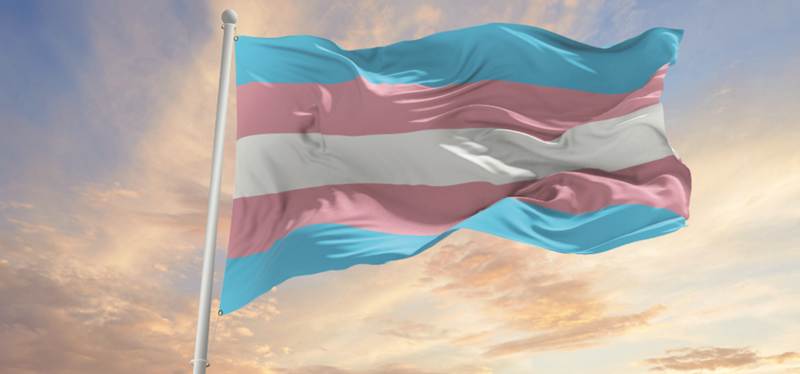The pre-Vedic Indian society prided in having the oldest ethnic transgender community in the world, the Kinnars.
JOSHUA BEN JOSEPH
The blistering summer heat was unforgiving, but this didn’t seem to hinder the thousands who thronged to the village of Koovagam during this time of
the year. The usually sleepy and quiet village comes to life once a year during the month of May for one of the biggest transgender festivals in Asia. For the transgender and transvestite community in India, this festival has become
a part of their identity. And for two days in a year they get to do something that society has prevented them from doing, to live the life of a married woman.
There are close to 1,20,000 transgenders living in India under deplorable conditions. This is a far cry from the position they had
in the ancient Indian society. The pre-Vedic Indian society prided in having the oldest ethnic transgender community in the world, the Kinnars. They were considered as demigods by the people of that time and by the Sanatan Dharma or Hindu tradition. Their intercessions and blessings were requested before the start of auspicious events. Even in the Mughal era they held positions of power and prestige.
The regressive mindset of the current society has become heavily prejudiced against the transgender community. Denied jobs many have resorted to begging and sex trade as means of survival. Transgender prostitutes with no other source of income are regularly arrested by the police as the Section 377 of the Indian penal code criminalizes sexual acts against the order of nature. Modern society has reduced the Indian transgender community to forgotten pariahs.
The advent of television and the internet has helped in familiarising the general public with the 18-day Koovagam festival and with the perils faced by the transgender community. The festival begins with India’s only beauty pageant for transgenders ‘Miss Koovagam’. Donning heavily embellished garments hundreds participate in the contest in hopes that the title would help them get accepted back by their families and by the society in general. It wasn’t hard to notice how the entire festival is a plea from a helpless community for validation and basic respect which has been denied to them for a very long time. The festivities culminate with the main event, their marriage to the god Aravan.
The roots of the festival can be traced back to the Mahabharata. For the Pandavas to win the war, a warrior had to be sacrified. Aravan, son of Arjuna is chosen as the ideal candidate. He agrees to be sacrificed but he asks to be married before it. Faced with an entire lifetime of widowhood women were hesitant to marry him. It is said that at this time the Lord Krishna takes up his Mohini avatar (transgender form) and gets married to him. Aravan has since been considered the god of the transgenders. They wait to get married to him every year during this festival, so that they can live as married women until he is ritually sacrificed on the second day.
Hundreds of the customary fires adorned the temple grounds of Koovagam. The smiling brides were gathered around the flames, eager to get married to their god. The strong smell of camphor from the fires filled the air. Traditional wedding songs resounded and many were seen crying happy tears. At the instruction of the priest the thaali or the sacred thread was tied and they were ritualistically married to Aravan. Their faces beamed with joy, a happy bride for one day.
The next day began with the preparations for the customary sacrifice of Aravan. A huge effigy of the god was dragged across the temple grounds as a pre ritual to the sacrifice. His brides followed celebrating the last moments of their married life. The effigy was burned
and Aravan sacrificed widowing his countless one day wives. The brides went into a state of mourning following his sacrifice. Loud wailing could be heard from the corners. An intense sense of pain and ardour was present in their grief. As a spectator this display of sorrow
felt intensely heart-wrenching. It was as if they weren’t crying due to the death of their folkloric husband but rather for all those years of ostracization, hate and indignity that they faced. This tragic enactment of love and loss that happened every year was in fact a mirror into their lives where they may never know true love but the pain of loss forever remained constant.
∎